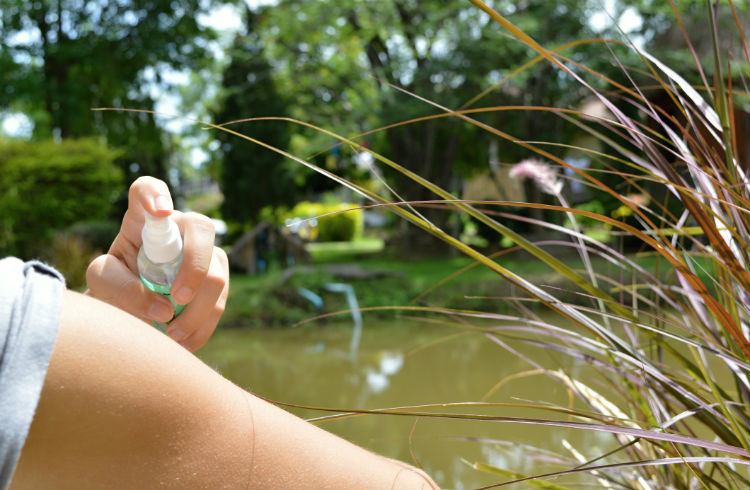Do I still need to worry about Zika on my vacation?
Sadly yes you do, now more than ever. Despite dropping out of the news the virus continues to spread around the world.
 Photo © iStock/digicomphoto
Photo © iStock/digicomphoto
In many popular vacation locations the advent of summer means increased humidity; perfect conditions for the Aedes mosquito to breed.
Risk levels worldwide
USA
Florida state is listeed as at moderate risk of infection. Miami Dade county is at high risk. There is also an alert for a modeerate risk of infection in Cameron county, Texas especially the Brownsville area.
Caribbean
The humidity and chance of rain is rising in the north and south Caribbean during May, June and July, so the mosquitoes will be coming out to play too.
Central America
The entire region from Panama to Mexico and across to The Bahamas is classed as high risk.
South America
This is the epicentre of the growth of Zika at the moment. Only Chile and Uruguay remain free of the virus, Guyana reports a low risk of infection. The risk in the remainder of the sub-continent is at high, however the mosquito that spreads Zika is not present above 2000 metres elevation so the risk is greatly reduced for travelers to those areas.
Southeast Asia
Thailand, Vietnam and Philippines are at high risk of infection. Laos and Cambodia have a low risk. Singapore (despite an extensive mosquito prevention program), Malaysia, and Indonesia (including Bali) are at moderate risk.
Africa
Angola, Cape Verde and guinea Bissau have a moderate risk. Gabon the risk is low. Senegal and Cameroon the risk is listed at very low. The remainder of the continent is free of Zika.
Pacific
The Galapagos, Easter Island, French Polynesia (Tahiti), Cook islands, Tonga, New Caledonia, Vanuatu, and the Marshall Islands are at moderate risk.
The risk of infection is high in Fiji, Palau, Micronesia, Samoa and American Samoa.
Check out these maps of infection risk.
Always read the CDC alerts and updates on Zika. The WHO also publishes Zika virus situation reports regularly.

New Zika classification system
In March 2017 the World Health Organization (WHO) introduced a 4-step classification system for the spread of the disease;
- Areas where there was no Zika prior to 2015 but it is now present.
- Areas where there was Zika prior to 2015 and where it still exists.
- Areas where the virus is no longer present but it may return.
- Areas where Zika infection is possible but there have been no documented cases.
You can read a list of which countries are in which category on the CDC website.
All about Zika - symptoms and prevention
To understand what causes Zika, how it is spread and how to protect yourself from contracting it please read this other World Nomads article.
If you want to know if World Nomads insurance covers you for the virus go to our Help Desk article and enter your country of residence.
If in doubt please contact World Nomads to discuss your circumstances.
No Comments